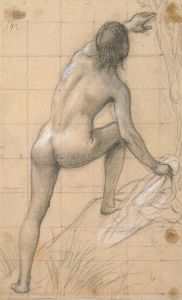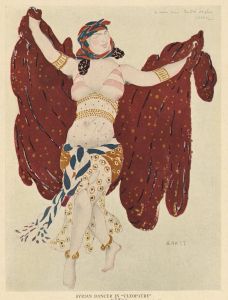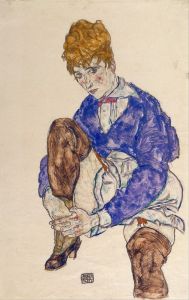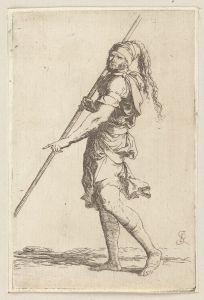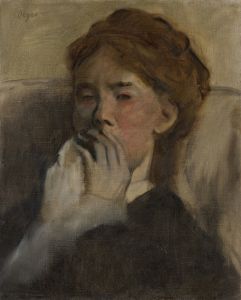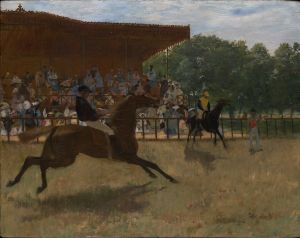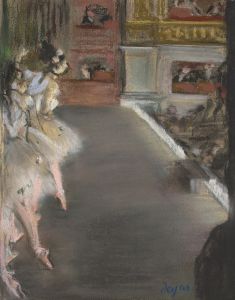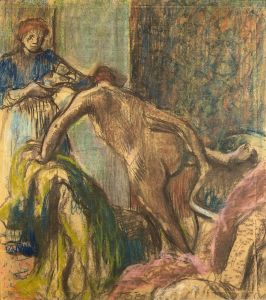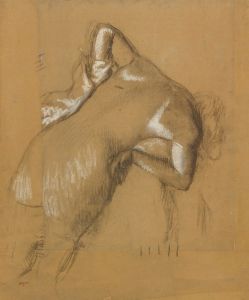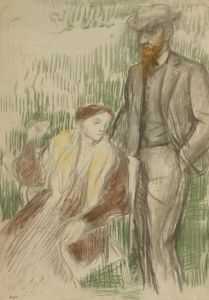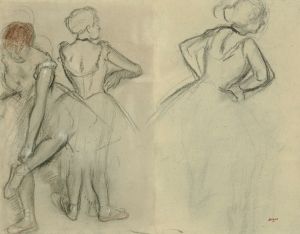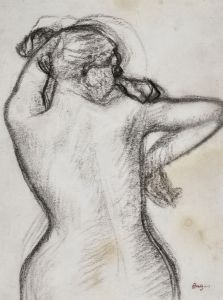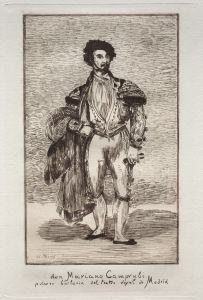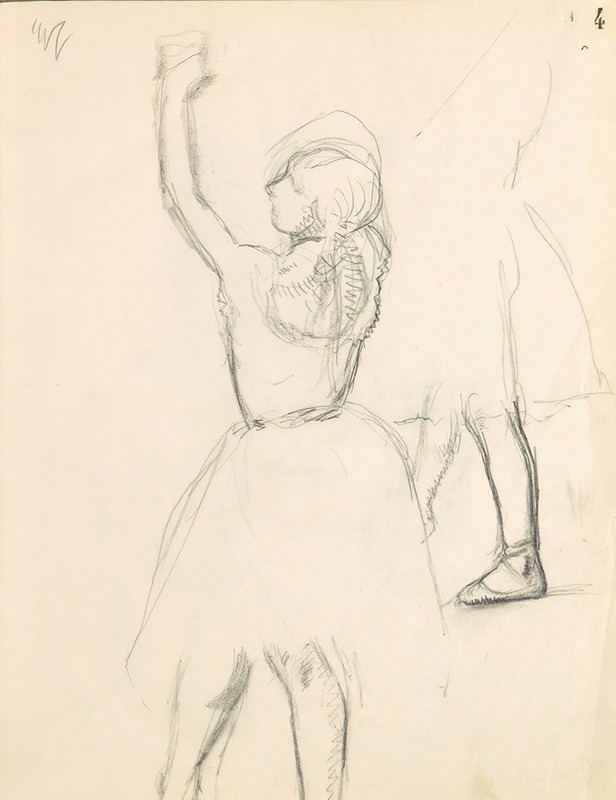
Figure Studies 4
A hand-painted replica of Edgar Degas’s masterpiece Figure Studies 4, meticulously crafted by professional artists to capture the true essence of the original. Each piece is created with museum-quality canvas and rare mineral pigments, carefully painted by experienced artists with delicate brushstrokes and rich, layered colors to perfectly recreate the texture of the original artwork. Unlike machine-printed reproductions, this hand-painted version brings the painting to life, infused with the artist’s emotions and skill in every stroke. Whether for personal collection or home decoration, it instantly elevates the artistic atmosphere of any space.
Edgar Degas, a prominent French artist associated with the Impressionist movement, is renowned for his mastery in capturing the human form, particularly through his studies of dancers and nudes. One of his works, "Figure Studies 4," exemplifies his skill in portraying the human body with a keen eye for detail and movement.
"Figure Studies 4" is part of a series of works where Degas explored the human figure through various poses and compositions. Although specific details about this particular piece are limited, it is consistent with Degas's broader oeuvre, which often focused on the intimate and candid moments of his subjects. His figure studies typically involve a series of sketches or paintings that capture the nuances of human anatomy and the subtleties of posture and gesture.
Degas's approach to figure studies was heavily influenced by his academic training and his admiration for classical art. He was known for his rigorous study of the human form, often drawing inspiration from live models and classical sculptures. His works reflect a deep understanding of anatomy, which he combined with a modern sensibility to create dynamic compositions that convey both movement and stillness.
In "Figure Studies 4," as in many of his other works, Degas employed a variety of media, including pencil, charcoal, and pastel. His use of pastel, in particular, allowed him to achieve a softness and vibrancy in his depiction of skin tones and textures. This technique enabled him to capture the play of light on the body, enhancing the three-dimensionality of his figures.
Degas's figure studies are notable for their candidness and lack of idealization. Unlike many of his contemporaries, who often depicted the human body in idealized forms, Degas chose to portray his subjects in natural, often unguarded poses. This approach gives his work an immediacy and authenticity that resonates with viewers.
The context in which Degas created his figure studies is also significant. During the late 19th century, there was a growing interest in the depiction of everyday life and the exploration of modern subjects. Degas's focus on dancers, bathers, and other figures in informal settings reflects this shift in artistic priorities. His work captures the essence of modernity, emphasizing the beauty of ordinary moments and the grace of the human form in its natural state.
While "Figure Studies 4" may not be as widely recognized as some of Degas's other works, it contributes to our understanding of his artistic process and his dedication to the study of the human figure. Through his meticulous attention to detail and his innovative use of media, Degas has left a lasting impact on the art world, influencing generations of artists who followed.
In summary, "Figure Studies 4" by Edgar Degas is a testament to the artist's skill and dedication to capturing the human form. Although specific details about this work are scarce, it remains an integral part of Degas's exploration of the figure, showcasing his ability to blend classical techniques with modern sensibilities.





